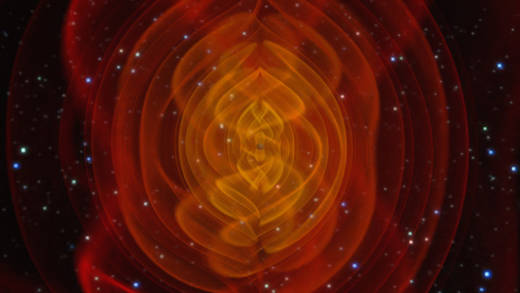This year one of the greatest stories in science came from the world of physics, as an international team made a discovery that Albert Einstein predicted a century ago. Another headline-stealing story seemed as if it would upend the Standard Model, the framework that has defined — and confined — physics for so long, but the model still reins. Cracks that appear in its walls sometimes open a little wider and sometimes they close up. Check out these stories and more in a tour of the year’s best physics from WIRED Science:
2016 HELD SOME wonderful physics moments—hello gravitational waves! Other moments were experimentally impressive, like shining a laser beam through antimatter, but don’t have the same oomph as colliding black holes. And some were just downright deflating: Dark matter still won’t show itself. Still, every experimental let-down opens up new avenues for inquiry. The things physicists did, and did not, find in 2016 are clues about what to expect from the science in the coming years. — Read more
